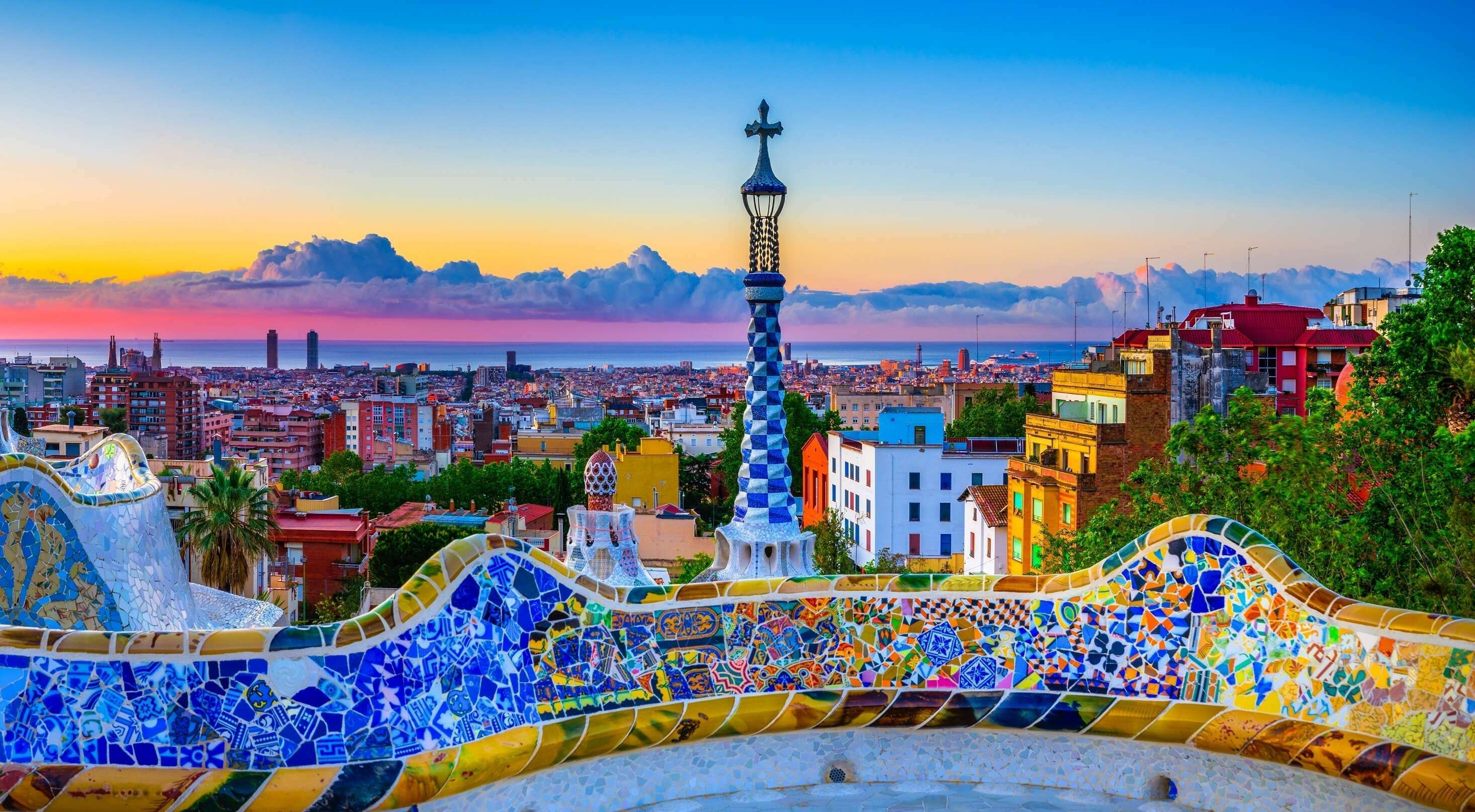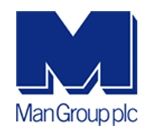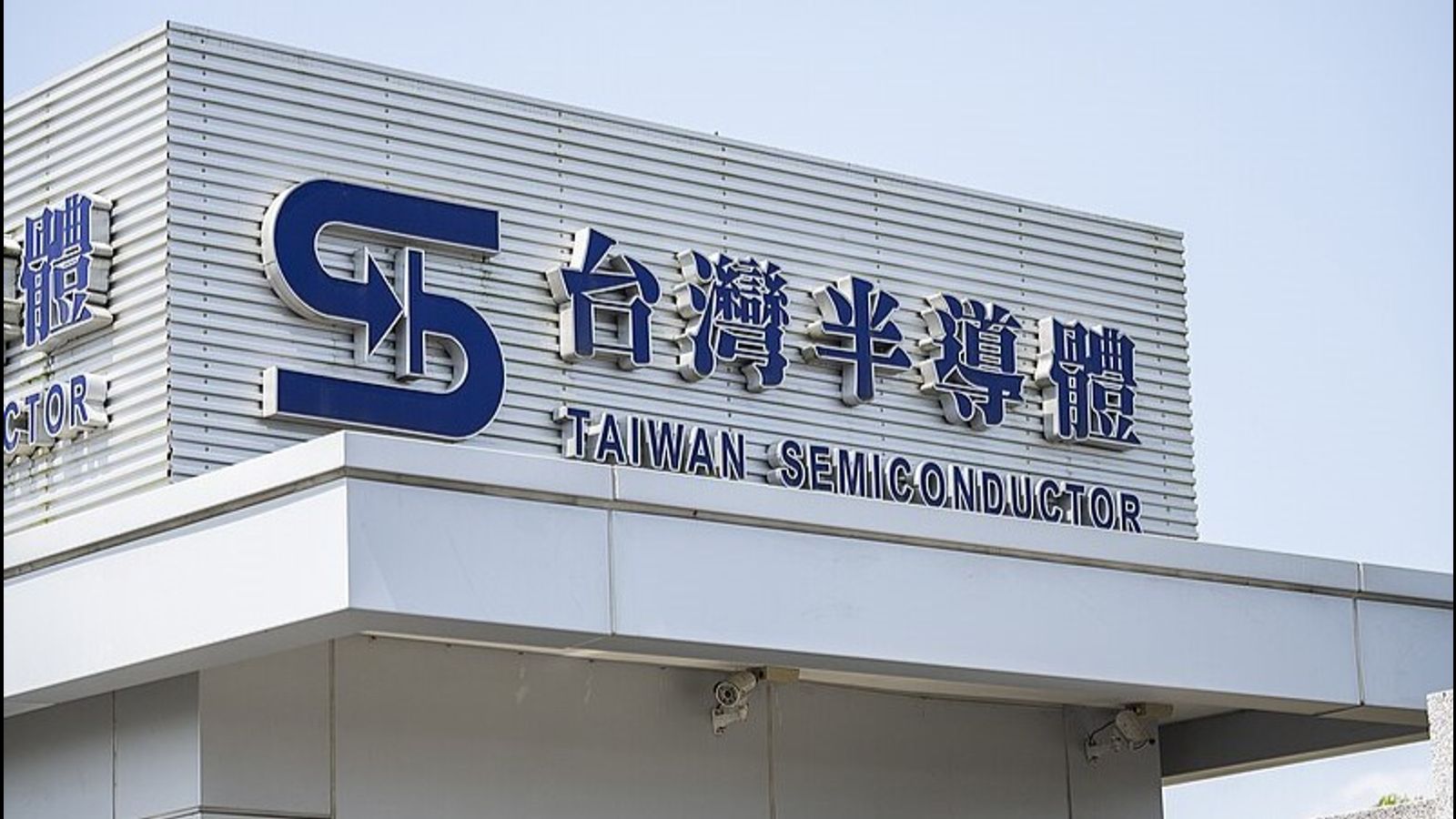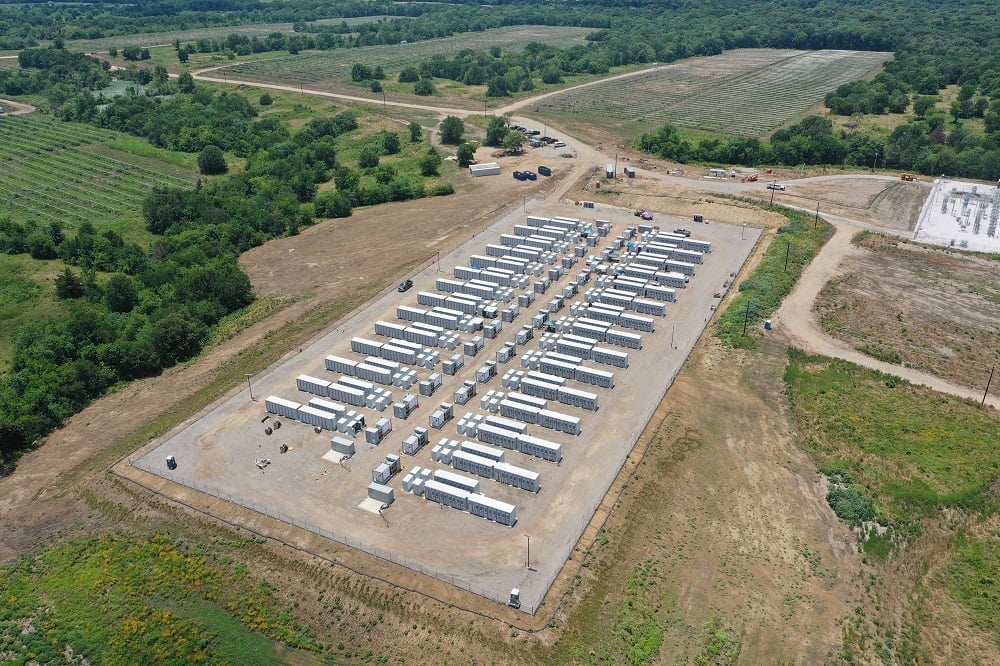Russian Industrial Pulse: Manufacturing Struggles Show Glimmers of Hope
Manufacturing
2025-05-06 10:30:42Content
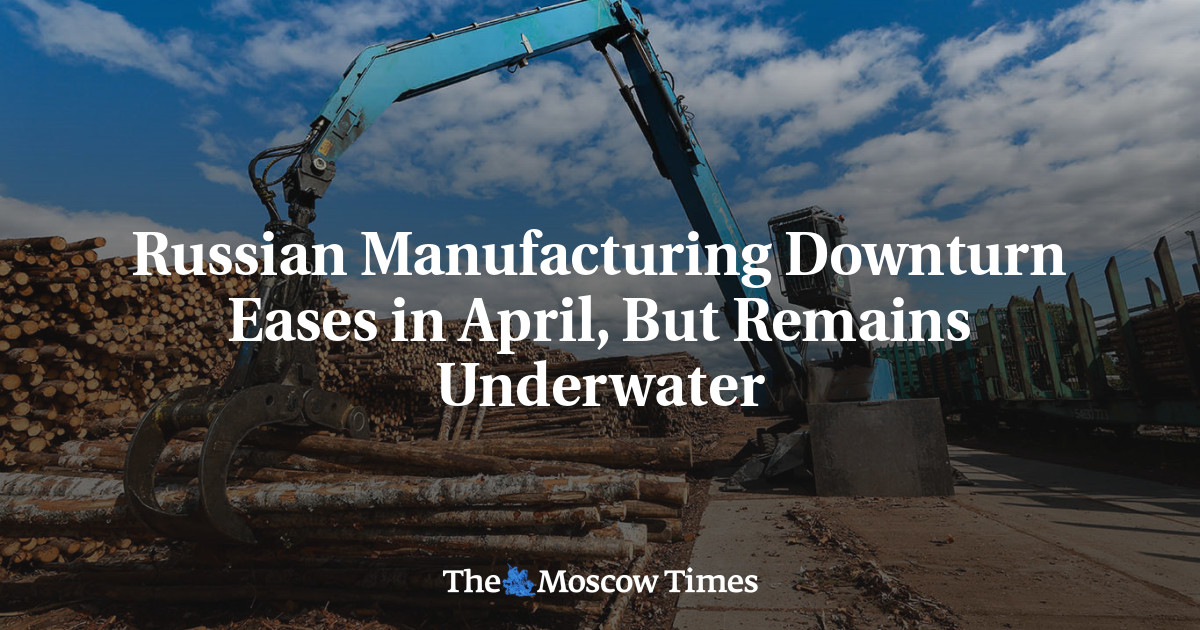
Russia's manufacturing sector showed signs of stabilization in April, with economic indicators suggesting a gradual recovery. According to S&P Global's latest report, the sector's contraction is slowing down, marked by modest improvements in both output and new orders. Notably, input costs have risen at their most modest rate since early 2020, hinting at potential economic relief for manufacturers.
The data reveals a nuanced picture of Russia's industrial landscape, where businesses are navigating challenging economic conditions with increasing resilience. While the manufacturing sector continues to face headwinds, the reduced pace of decline offers a glimmer of hope for economic recovery. Manufacturers are adapting to the current environment, seeking innovative strategies to maintain productivity and manage costs effectively.
These developments come at a critical time, as the Russian industrial sector seeks to regain momentum and overcome recent economic challenges. The softening of input cost increases and the gradual stabilization of output suggest that businesses might be finding their footing in an uncertain economic terrain.
Russian Manufacturing Sector: A Delicate Dance of Economic Resilience and Challenges
In the intricate landscape of global economic dynamics, Russia's manufacturing sector continues to navigate through turbulent waters, revealing a complex narrative of adaptation, challenge, and potential transformation. The recent economic indicators paint a nuanced picture of industrial performance that demands careful examination and strategic insight.Decoding the Pulse of Russian Industrial Performance
Economic Contraction: A Measured Slowdown
The Russian manufacturing ecosystem has been experiencing a remarkable phenomenon of gradual stabilization. Despite persistent challenges, the sector demonstrates remarkable resilience, with contractions in output and new orders showing signs of moderation. This subtle shift suggests an underlying capacity for economic recalibration that goes beyond traditional economic metrics. Analysts have observed a fascinating trend where input costs have reached their lowest point since early 2020, indicating a potential turning point in the industrial landscape. The reduced cost pressures might signal a strategic opportunity for manufacturers to reassess their operational frameworks and explore innovative approaches to productivity and efficiency.Structural Dynamics and Global Context
The current manufacturing scenario in Russia is not occurring in isolation but is deeply interconnected with global economic currents. Geopolitical tensions, international sanctions, and rapidly evolving technological landscapes have created a complex environment that demands unprecedented adaptability from industrial players. Economic experts suggest that this period of measured contraction could be a critical moment for strategic restructuring. Manufacturers are being compelled to explore alternative supply chains, invest in technological innovation, and develop more robust and flexible business models that can withstand external disruptions.Technological Innovation and Adaptation
The manufacturing sector's response to current challenges reveals a profound narrative of technological transformation. Companies are increasingly leveraging digital technologies, automation, and artificial intelligence to optimize production processes, reduce operational costs, and maintain competitive edge. This technological pivot is not merely a reactive strategy but a proactive approach to reimagining industrial capabilities. By embracing advanced manufacturing techniques, Russian industries are positioning themselves to potentially leapfrog traditional developmental stages and emerge as more agile and competitive entities in the global market.Future Outlook and Strategic Implications
The current economic indicators suggest a nuanced trajectory for Russia's manufacturing sector. While challenges persist, there are emerging signs of potential resilience and adaptive capacity. The ability to navigate through complex economic environments will likely determine the sector's long-term sustainability and growth potential. Stakeholders, policymakers, and industry leaders are closely monitoring these developments, recognizing that the current phase represents more than a temporary economic fluctuation. It symbolizes a critical period of potential transformation, where strategic decisions made today could significantly shape the industrial landscape of tomorrow.RELATED NEWS
Manufacturing
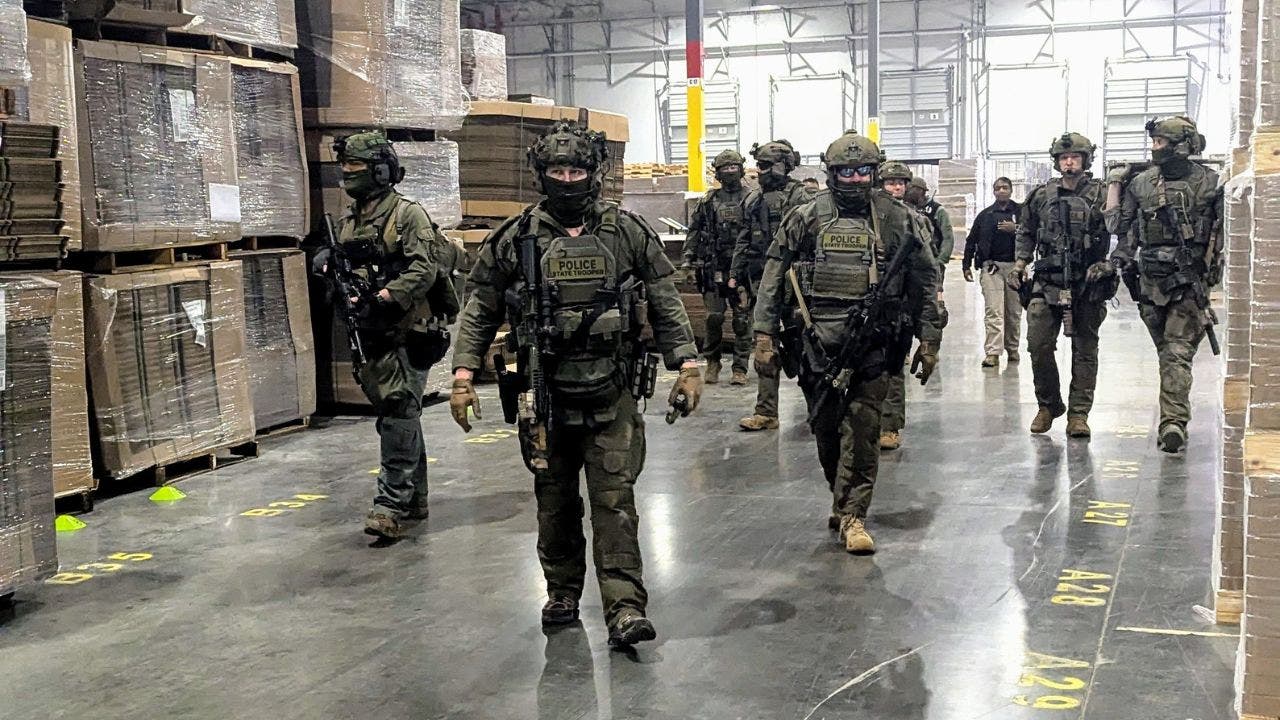
Federal Agents Swoop Down: Flooring Company Caught in Shocking Labor Trafficking Probe
2025-03-26 18:19:09
Manufacturing

Green Fuel Revolution: Taiyo Oil Pioneers Sustainable Aviation Fuel Manufacturing Breakthrough
2025-02-28 09:00:00
